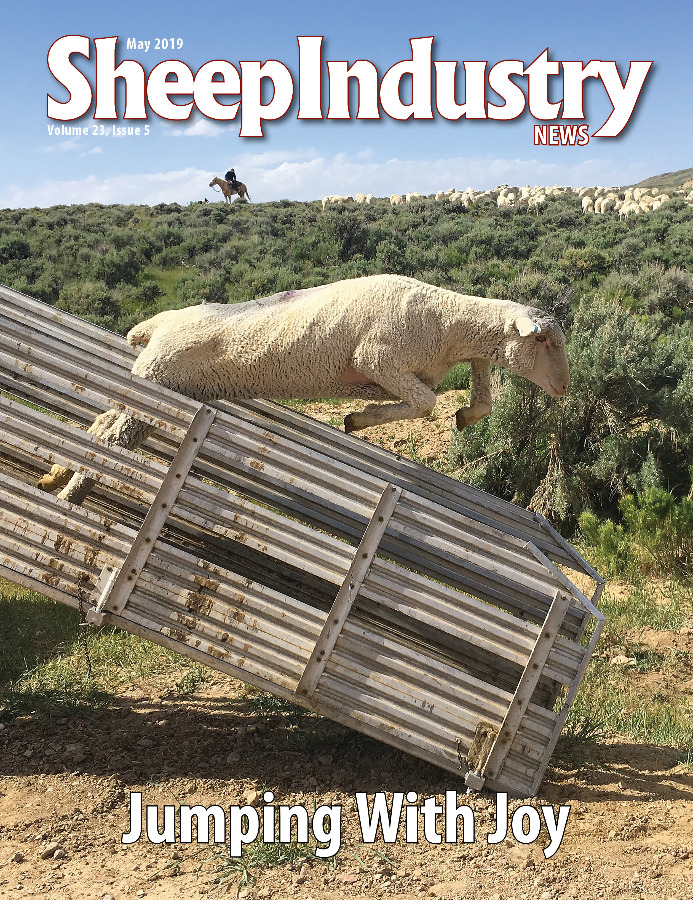CHASE ADAMS
Senior Policy & Information Director
The Montana Wool Growers Association in partnership with the Montana Department of Fish, Wildlife and Parks and with representation from the Montana Wild Sheep Foundation held a follow-up to its successful 2017 symposium on sheep in Montana – domestic and wild.
This year’s meeting took place on March 29 in Helena and featured speakers from the U.S. Department of Agriculture’s Agricultural Research Service Animal Disease Research Unit and Montana Fish, Wildlife and Parks. The meeting focused on updating current research and field observations into conflicts between domestic and wild sheep, with an emphasis on management of bighorn sheep in the state. The symposium was well attended by sheep producers from across Montana.
While smaller than the symposium two years ago, this year’s event provided a great forum to review new research and findings both statewide and nationally, facilitating collaboration to ensure a vibrant future for domestic sheep and wildlife.
Dr. Maggie Highland of USDA/ARS/ARDU began the presentations by looking at her recently published work on the presence of Mycoplasma ovipneumoniae beyond the subfamily Caprinae. Specifically, she cited her lab’s identification of the pathogen in the deer family, moose, caribou, cattle and bison, and outside research finding the pathogen in antelope in Qatar. As Dr. Highland noted, researchers know that M. ovi is not restricted to sheep and goats, but there are still many questions yet to be answered, including genetic distinctions and the history of the pathogen.
This discussion left the general question: now that we have this pathogen as endemic in multiple species, how do we live with it? While there is no ready answer to that question, meetings like the one in Montana are certainly the pathway to get there.
Speakers from Montana Fish, Wildlife and Parks followed with presentations outlining the current health and monitoring efforts of bighorns across the state.
Building on Dr. Highland’s work, the state is looking at M. ovi detections and testing in other species and collecting nasal swabs in places where they most expect to find the pathogen. Still vexing is the variation in bighorn performance given the pathogens present. Much research remains to understand this pathogen and its effect on bighorn numbers across the west.
The meeting concluded with a panel of state wildlife officials and Montana Wool Growers representatives to answer questions, discuss challenges and build on current successes. While interactions between domestic livestock and wildlife remain a contentious issue, dialogs like the one started by Montana and other western states hold the potential to work out regional solutions to the benefit of all parties.


